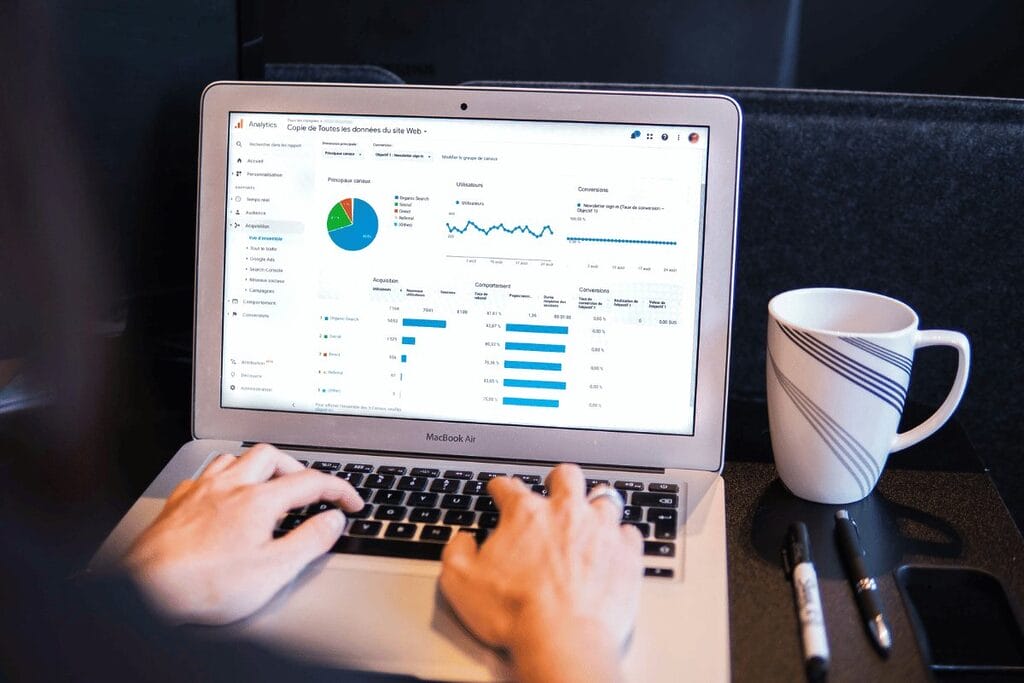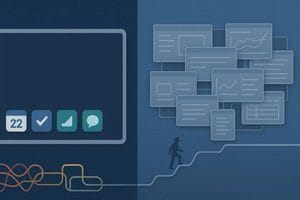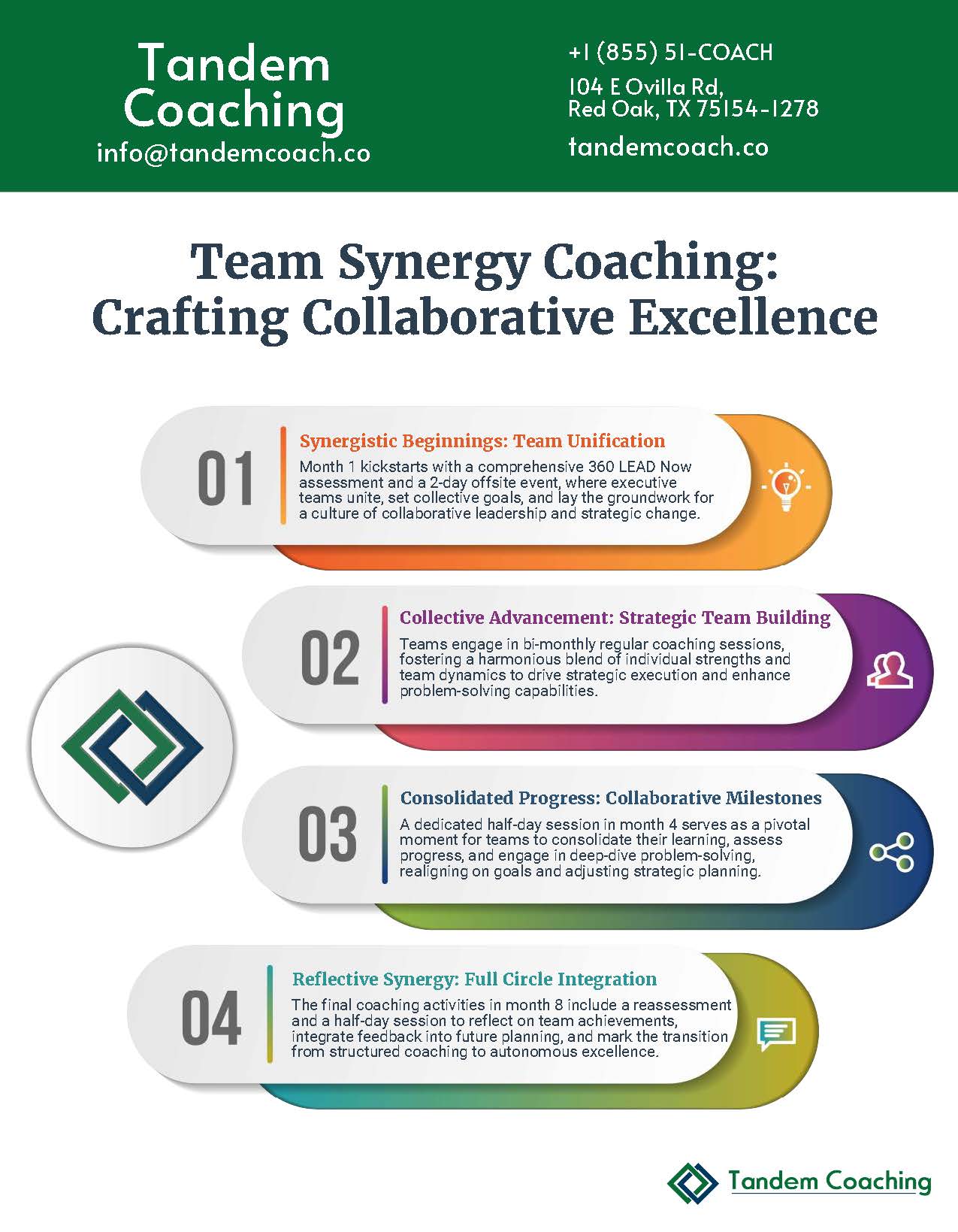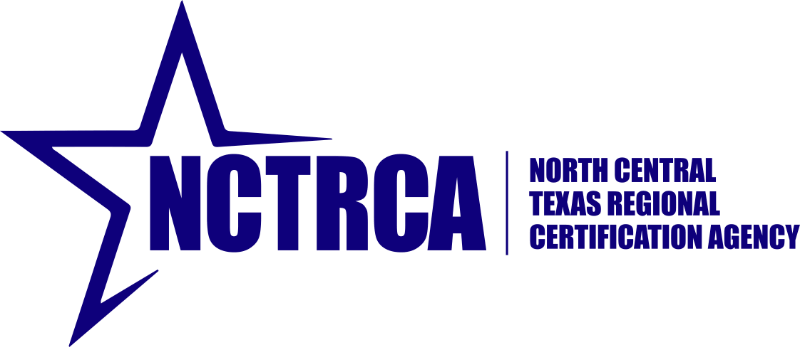How do you know if your leadership development efforts are truly making an impact?
According to this study, 78% of employers feel that they are providing development opportunities for their employees. However, 58% of employees don’t feel they are getting enough training and development.
Effective leadership isn’t just about attending training and workshops—it’s about measuring development to ensure growth and success follow from these initiatives. By leveraging competency assessments, you can pinpoint critical leadership skills, track progress, and make data-driven decisions to refine your program. This guide will explore why measuring leadership development is essential and provide you with actionable methods to evaluate its impact on your organization.
TL;DR – How to Measure Leadership Development
Here’s a quick overview of tips on how to measure leadership development:
- Set clear objectives
- Develop a measurement plan
- Use multi-rater surveys
- Analyze employee engagement
- Monitor performance metrics
- Conduct regular evaluations
We will go into more detail on each of these tips below. Read on to learn how to measure the success of leadership development initiatives.
Not sure where to start? Contact us to help you design an effective and engaging leadership journey.
Why Should You Measure Leadership Development?
Measuring leadership development helps ensure that your investment in leadership yields tangible results. By tracking progress, you can align leadership growth with your organization’s strategic goals, creating a culture of continuous improvement.
It also helps identify areas for further progress, ensuring that leaders are equipped to handle future leadership development challenges effectively.
Finally, by showing the ROI on leadership development, you can justify allocating resources to it.

Key Leadership Development Metrics
While most people agree that it would be helpful to measure the ROI of the expenses of the leadership development plan, many find it hard to figure out how to do that. Let’s start with the basics:
You must consider quantitative and qualitative metrics to measure leadership development reliably.
Quantitative metrics give you measurable data, while qualitative metrics offer insights into the personal and interpersonal aspects of leadership. Here’s a more detailed look at both types:
Quantitative Metrics for Leadership Development Programs
Quantitative metrics allow you to collect clear, measurable data on leadership development that shows its impact on organizational performance. These metrics include:
- Promotion Rates: Track the number of program participants who advance in their careers from the start of the program until six months after its completion.
- Employee Retention: Measure both the retention rates of teams led by program participants as well as the retention rates of the leaders themselves. Effective leadership often correlates with higher retention of team members. Development opportunities often lead to retention of leaders.
- Performance Metrics: Assess improvements in key performance indicators (KPIs) before and after the program. These metrics provide concrete evidence of the program’s impact on the organization’s bottom line.
- Completion Rates: Monitor the percentage of participants who complete training programs, which can indicate engagement and the effectiveness of the program.
- Employee Engagement Scores: Surveys that quantify how engaged employees feel in their roles, and they are often linked to leadership effectiveness.
- Retention Rates: Track employee turnover rates, which can be influenced by leadership quality.
Quantitative metrics allow organizations to benchmark performance and identify areas needing improvement. While many factors play into each of these metrics, comparing them directly before and after a leadership development program gives you an indication of its effectiveness.

Qualitative Metrics for Leadership Development Programs
Qualitative metrics delve into the personal growth and interpersonal dynamics of leaders. This includes:
- 360-Degree Assessments: Gather feedback from peers, subordinates, and superiors to get a comprehensive view of a leader’s capabilities. This feedback helps paint a more detailed picture of a leader’s development beyond what numbers alone can show.
- Self-Reflection Reports: Encourage your leaders to assess their own growth and areas for improvement. These reports provide insight into how your leaders perceive their development and can highlight areas that may not be evident through other forms of assessment.
- Employee Feedback: Gauge how team members feel about your leaders, including trust, communication, and motivation. This leadership feedback is crucial for understanding the broader impact of leadership development on the team.
- Feedback and Testimonials: Get the participants to reflect on their learning experiences to reveal the emotional and psychological impacts of training.
- Focus Groups and Interviews: Discuss with your leaders to explore their perceptions of the relevance and applicability of the training. This step provides context to your quantitative data.
Qualitative metrics help you understand the “why” behind performance numbers, such as why certain training modules resonate more than others.
Ready to create measurable success for your leaders? Contact us to take the next steps on your leadership development journey.

Effective Data Collection Methods in Leadership Development
To measure leadership development effectively, the tools and techniques used to gather data must provide accurate and actionable insights that enable you to make informed decisions about the next steps. Here are some examples:
Surveys
Surveys are a great tool for collecting quantitative data on leadership development. They can help you assess the participants’ reactions and behavior changes and gauge the overall effectiveness of the training.
Interviews and Focus Groups
For qualitative data, interviews and focus groups provide deeper insights into what your program participants experienced. These methods allow you to gather more detailed feedback and uncover underlying issues or successes that surveys may not reveal.
Performance Data Analysis
By analyzing performance metrics before and after the leadership development program, you can assess the training’s tangible impact on business outcomes, such as sales figures and other key performance indicators.
360-Degree Feedback
This method involves collecting feedback from a leader’s peers, subordinates, and superiors, providing a comprehensive view of their development. The feedback is often more candid and insightful when collected anonymously.
Observation
Direct observation of leaders in their roles can provide valuable insights into how they apply the skills and knowledge gained from leadership development programs. Supervisors, peers, or external evaluators can conduct these observations.

Best Way to Use the Kirkpatrick Model to Evaluate Leadership Training
The Kirkpatrick Model is a widely recognized framework for evaluating the effectiveness of training programs, including leadership development initiatives. Developed by Donald Kirkpatrick in the 1950s, the model comprises four levels: Reaction, Learning, Behavior, and Results. Each level builds upon the previous one, providing a comprehensive assessment of a program’s impact.
- Level 1: Reaction
This level measures participants’ immediate responses to the training. It assesses whether they found the program engaging and relevant. You can collect this data using questionnaires or feedback forms right after the training session. - Level 2: Learning
At this level, your focus shifts to what participants have learned. You evaluate this through pre and post-training assessments, quizzes, or practical demonstrations. The goal is to find out how much of the training’s intended knowledge, skills, and attitudes participants have acquired. - Level 3: Behavior
At this level, you evaluate whether participants are actually applying what they learned in their work environment. You may collect this information using observations, performance reviews, and 360-degree feedback. You would typically wait a few weeks before conducting this evaluation to allow for behavioral changes to become noticeable. - Level 4: Results
Here, you measure the tangible outcomes of the training on your organizational goals. To do this, you might analyze metrics such as productivity, employee engagement, and retention rates.
In response to the growing need for more comprehensive evaluations, some L&D teams have introduced two additional levels to this assessment model:
- Level 5: Return on Investment (ROI)
Often, organizations extend their analysis to Level 5, where you focus on the financial impact of training. This involves measuring how training influences revenue growth, cost reductions, and overall profitability, building on the performance improvements you identified in Level 4. - Level 6: Maximizing Impact
At this stage, your focus shifts to identifying and optimizing factors that influence training outcomes. Understanding these factors, like managerial support or organizational culture, can make your training programs more effective.

How to Measure Leadership Development
To measure your leadership development initiatives effectively, you need to be well-prepared. Here are some tips to get you started:
1. Set Clear Objectives
Start by defining success for your leadership development initiatives. Clear objectives should be specific, measurable, and aligned with your organization’s strategic goals. Before you start the leadership development, think about what you want to measure to ensure you are collecting the right data.
2. Develop a Measurement Plan
This plan should outline your data sources, collection methods, timelines, and responsible parties. Through proactive planning, you ensure that relevant data is gathered at each stage of the leadership program, allowing for continuous evaluation and adjustment. You can also collect benchmark data for your before-and-after comparisons.
3. Use Multi-Rater Surveys
You can use 360-degree feedback to collect insights from various stakeholders—such as peers, subordinates, and supervisors. At Tandem Coaching, we do a 360 assessment at the beginning and another at the end of our leadership development program. This way, we give you a well-rounded view of your leader’s performance and behavioral changes post-training.
4. Analyze Employee Engagement
High engagement often correlates with strong leadership, as engaged employees are more likely to be motivated and aligned with organizational goals.
5. Monitor Performance Metrics
Tracking key performance indicators (KPIs) such as employee turnover rates, promotion rates, and team performance provides quantifiable evidence of the program’s effectiveness and its contribution to organizational success.
6. Conduct Regular Evaluations
Leadership development is not a one-time event but an ongoing process. Continuous assessment helps ensure your leadership training is as relevant and effective as possible.
By integrating these practical tips into your measurement strategy, you can effectively gauge the impact of leadership development programs. These tips also help you align them with broader organizational objectives, ensuring they contribute to sustained success.

Join Leadership Development Training at Tandem Coaching
A recent study found that 85% of high-potential employees (in other words, your leadership pipeline) want their leadership development to include coaching from internal and external coaches. The study also highlighted that 56% prefer that their strengths and areas of improvement are determined by assessments. Peer learning and coaching also ranked high.
That’s why, here at Tandem Coaching, we offer a leadership development program that includes coaching, Mastermind sessions, and 360-degree assessments at the beginning and end of the program.
Our leadership development training is tailored to your organization’s needs. It consists of four phases:
- Phase One: 360 assessment and planning (first month)
- Phase Two: Coaching and mastermind sessions for personal and professional growth (second to seventh month)
- Phase Three: Second 360 assessment, analysis of growth (eighth month)
- Phase Four: Planning way forward and translating learning into actionable steps (ninth month)
Contact us now to get started and see the effects on your leadership team as they become more effective, productive, and engaging in their leadership over the course of the program.

Frequently Asked Questions (FAQs)
Here are a couple of questions we frequently get about measuring leadership development:
How Can I Calculate the ROI Leadership Development?
To calculate the ROI of leadership development, compare the program’s costs against measurable improvements in performance, retention, and other key metrics. Factor in both direct financial benefits and intangible gains like enhanced team morale.
What Are the Leadership Development Outcomes?
Leadership development outcomes typically include improved leadership skills, better team performance, increased employee engagement, and stronger alignment between leadership practices and organizational goals.
Conclusion
Measuring leadership development is about more than just tracking progress—it’s about ensuring that your leaders are evolving in ways that benefit themselves and the organization. By using a combination of quantitative and qualitative metrics, including 360-degree assessments, you can create a leadership development program that drives real, sustainable growth.
Contact us now. We’ll be your partner on your leadership development journey. We bring experience, expertise, and a multitude of relevant skills to the table.


















